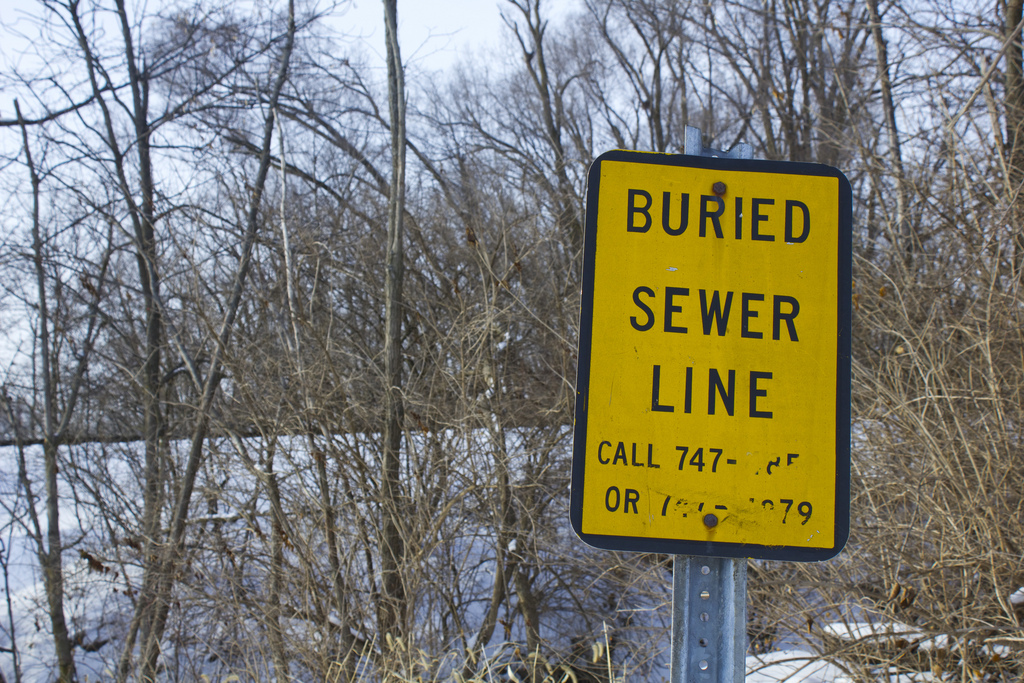Determining the Cost of Replacing a Sewer Line
- Home
- Team EJP Blog
- Determining the Cost of Replacing a Sewer Line
- Nov 13, 2014 8:00:00 AM
- Everett J. Prescott

A sewer main is the connecting pipe from your home's sewer line to the city's main line. A damaged sewer main is a huge problem for a building or home owner which needs to be fixed as soon as possible or the house will be uninhabitable. Sewage repairs do crop up unexpectedly especially in older areas of a city which have older pipes. Older pipes crack, rupture and break under pressure and damage from weather, tree roots or construction nearby. It is a good idea to budget for potential repairs because they may be quite expensive. As a guideline the average cost of a sewer repair in the U.S. is $2,885. When calculating the cost of a sewer repair, the following considerations need to be included.
Diagnosing the problem
In order to decide what is wrong with the sewer line, a plumber or city sewer specialist may choose to send a small camera inside the pipe to "see" the problem. This technique is costly but worth the money because it will cut down on wrongful repairs. With the correct diagnosis, repairs will proceed more quickly and the sewer line will be fixed more efficiently.
Excavation and repair
Since the entire sewer line is below ground, the area around the repair needs to be excavated. Your yard, sidewalk or driveway will be demolished to allow access to the line. You may lose gardens, patio, deck or other features that need replacement after completion of the job. Excavation is expensive due to equipment and labor necessary to dig. The fix itself may not be costly at all. After the sewer repair or replacement is complete, the contractor will rebuild or replace the damaged surface.
Cleanup and replacement
A large part of the sewer repair will be the cleanup and repair of everything that had to be demolished for the excavation. Unfortunately, ignoring a broken sewer main will not make it go away. For anyone building a new home, checking the sewer main before construction may save you thousands of dollars later on. Other options are choosing to built cement walkways or complicated gardens and landscaping away from the area of the sewer main. This way, when repairs are needed, you won't have as expensive of a demolition and replacement.
Slip Lining
One way to reduce the cost of a sewer repair or replacement is to use slip lining. Slip lining is a PVC insert that is placed inside the original pipe. This method reduces excavation costs and causes less damage to your existing yard. However, slip lining will not fix every sewer problem but it is definitely worth the time to consider.
City or regional permits
Most municipalities require a construction permit for work such as sewer repair. The costs for a permit vary from location to location. Getting a permit will prevent you from paying larger fines later when the job is inspected by the city. It also ensures that all repairs are implemented and installed up to code. If the repair turns out to be on city-owned property instead of your property, then the city is responsible for the repair. However, you should determine this issue before starting any repairs.
Calculating cost
Once you get the prices for all of the elements required for your repair, you can calculate the cost of doing the job. The contractor should be able to estimate the job cost for materials and labor cost unless something is discovered during the repair that is completely outside their normal experience. Contractors that specialize in sewer repairs are familiar with the sewer system in the regional area that they work in, and should be able to give you an accurate estimate for your calculations.
Photo credit: Daniel P. Fleming / Foter / CC BY-SA
Sources:
http://www.improvenet.com/r/costs-and-prices/sewer-main-repair-cost







